What makes a good villain? In the now 80 years of Batman’s mythology, his writers have proven time and time again that Gotham is a magnet for the most complicated and mesmerizing villains of the DC universe. Batman villains challenge him on a physical and psychological level, pushing his limits and forcing both the dark knight and readers to rethink the core of evil behavior. What we are often left with is a shadow-box version of the human mind. Impressively, a hard look at Batman’s villains can offer real insight into some of the common causes of seemingly evil behaviors. The world of Batman may appear to be total chaos, but in reality, there are often traceable patterns of psychological triggers that fuel the villains’ questionable deeds.
Acting for the needs of someone/ something they care for (Poison Ivy, Mr. Freeze)
Doing something for love is a familiar character motivator. We see this play out in both heroes and villains. Batman himself is driven by the loss of his parents, arguably the most important people in young Bruce Wayne’s life. Preventing or reacting to a threat made against someone/ something we care about can blur the lines of what is and is not acceptable behavior. In some cases, the grief and anger caused by such harmful actions will push an ethical person to warp their moral code.

Iconic Gotham criminals, Mr. Freeze and Poison Ivy, have that motivator in common. In this context, “love” extends beyond family, friends, and romantic interests to include places and objects a character holds dear. In Poison Ivy’s case, the thing motivating her actions is a concern for plant life and the environment. Ivy spent her pre-villain years studying plant life and building a strong connection to its needs as Pamela Isley. She is fiercely dedicated to her cause, willing to sacrifice everything for the health of the planet. Unfortunately, Ivy’s ‘everything’ includes a willingness to sacrifice human life. Her initial threats against Gotham are given in a moment of desperation. Ivy demands changes that will ultimately help the environment, but when Gotham authorities fail to meet them, she threatens to poison citizens until all of her demands are satisfied. Ivy arguably has one of the most justifiable missions as a villain. Her actions do not come out of apathy or sadism, but a genuine desire to preserve a specific kind of life.
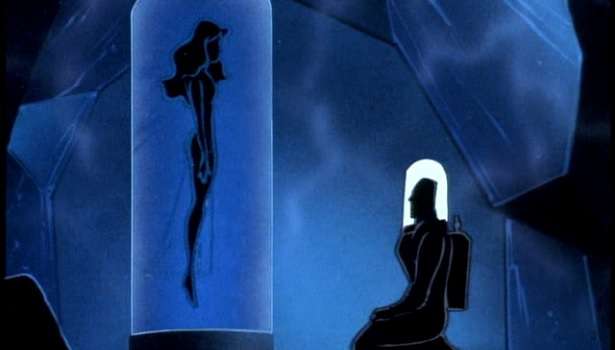
In a similar spirit, Mr. Freeze is motivated by love for his wife. Since the relaunch of his origin in Batman the Animated series, Mr. Freeze acts to preserve his terminally ill wife, Nora, who he has cryogenically frozen until a cure is found. All of Mr.Freeze’s criminal pursuits are carried out with the goal of raising enough funds to research and cure Nora’s disease. In some versions of his story, he is later prompted to hunt down those he deems responsible for Nora’s eventual death. In either case, without his devotion to his wife, it is unlikely that Freeze ever would have turned to the criminal underground.
A Science experiment gone wrong (Man-Bat, Clayface)
Fans of Sci-Fi and comic books know the potential horror of an experiment gone wrong. It’s a classic trope. The intelligent scientist willing to push beyond their limits experiences terrible consequences when they push things too far. Other incarnations of this trope feature characters that suffer deformities and mutations when a cosmetic procedure does not go as planned. Man-Bat and Clayface are perfect representations of this sort of motivator.
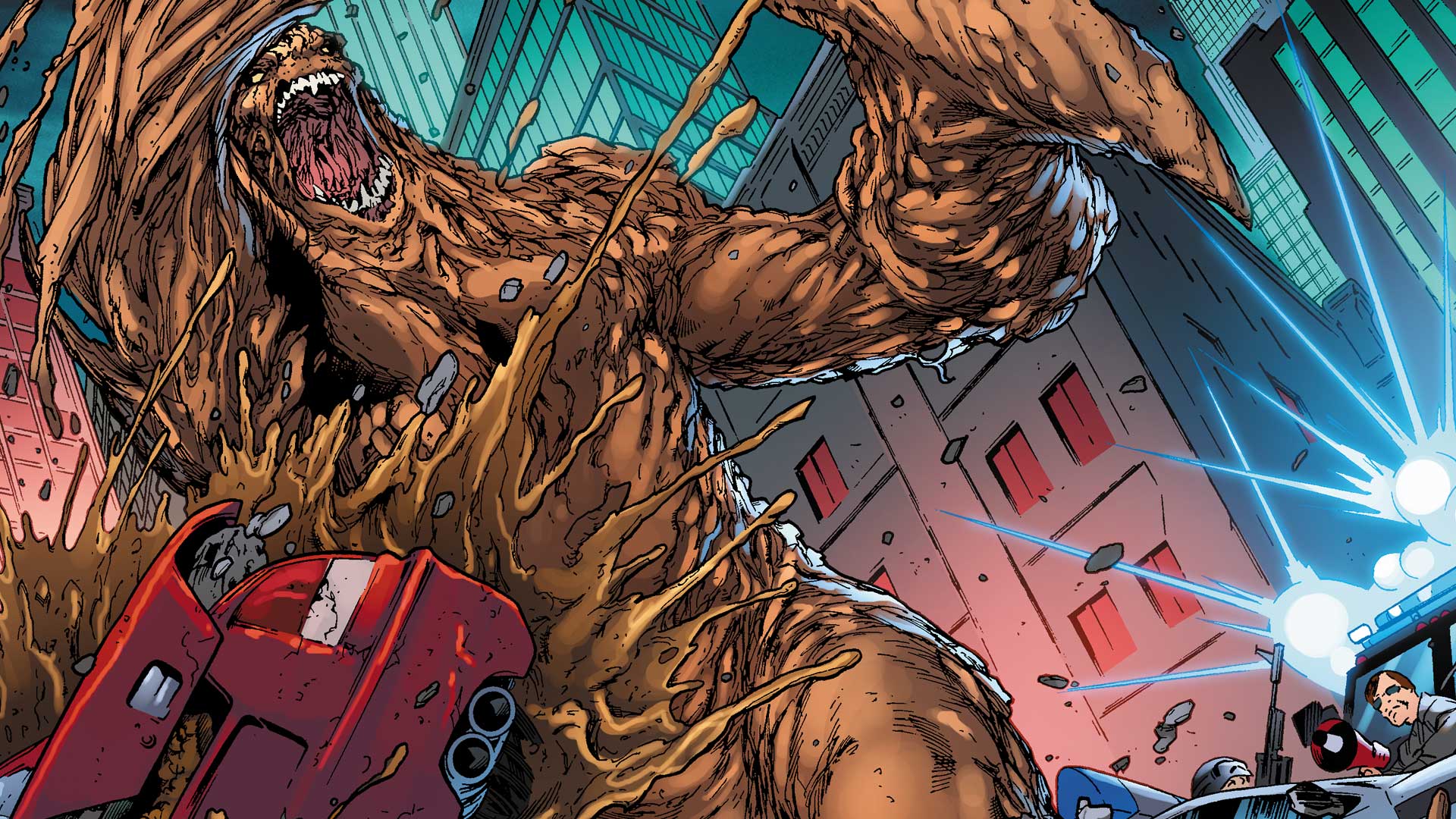
In some tellings of his origin, Clayface is a scientist who uses an experimental injection on himself. The injection, while intended to give the user a form of shapeshifting abilities, instead transforms his skin into a massive clay-like substance. His new appearance is jolting, causing a reasonable degree of alienation and self-pity. Eventually, the effects of the injection push the character into a new realm of criminal pursuits. In the 1970s, Clayface found that the only way to cure his condition was to pass it on to another victim. A need to regain normalcy in his life becomes the ultimate goal, even if it costs him his moral compass.

Dr. Kirk Langstrom is a zoologist interested in improving the human ability to hear. By engineering a new formula, Dr. Langstrom hopes to give humans the bat-like capability of sonar hearing. He injects himself with the formula, unaware that doing so will cause a devastating side effect. Langstrom is transformed into a large Man/Bat hybrid. Though he is undoubtedly able to hear with bat-like accuracy, most of his human qualities have slipped away. He descends into a brief bout of insanity and terrorizes the people of Gotham until a cure is found. Langstrom’s initial motivation was not to cause harm to himself or anyone else. Sadly, the trauma of his transformation makes it difficult for the Doctor to control his impulses and think straight. He is another clear example of a character that may never have become a villain without this specific trigger. In some incarnations, her even works to help Batman and Gotham authorities when he regains control of his sanity. Man-Bat is terrifying in appearance, but in many ways, easy to sympathize with.
Warped world views as a result of abuse (Harley Quinn, Killer Croc)
Characters that suffer abuse, much like their real-world counterparts, will often experience an altered view of the world both during and after the abuse. The resulting detachment from reality can manifest in seemingly peculiar phobias, anxiety, evasive or aggressive behavior, and scores of other symptoms. In comics, the effects are exaggerated. Victims of abuse at the hands of super villains or victims of abuse with superhuman mutations tend to act in reckless apathy. In some cases, they develop the mentality of cult victims and become crusaders for twisted causes. In others, they learn to regard the world with the same cruelty they feel it has shown them.
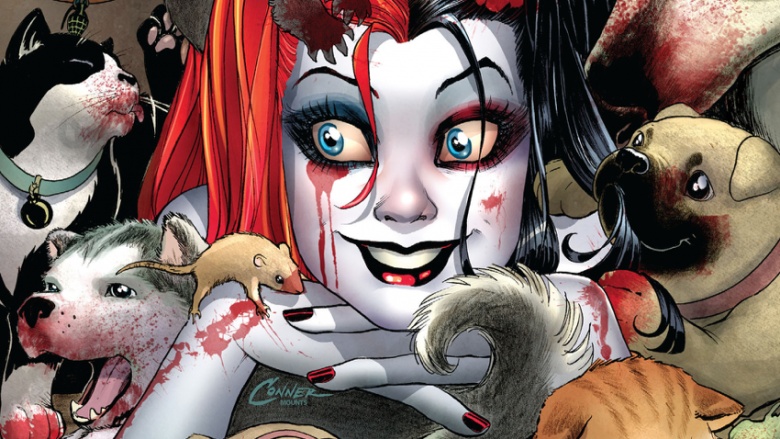
Harley Quinn is the best-known example of the first kind of abuse survivor turned villain. Her romantic interest in the Joker effectively derails Harley’s life and career, leading her down a path of violent eccentricity. In most of her current titles, Harley has separated herself from the Joker but she is never truly separated from the effects of her time with him. The evidence lies in Harley’s very personality. Her demeanor, choices, physical appearance, and moral code are all cut from the cloth the Joker provided. The Joker’s sadistic hold on Harley not only nurtured her criminal evolution but seems to have permanently altered her morality. Though she is often seen as an anti-hero, most of Harley’s actions are harmful to those around her. Though causing pain may not be a pleasure to her as it is to the Joker, she has no qualms with inflicting it to satisfy emotional whims. Fortunately, Harley’s future looks a little bit brighter these days, but her criminal persona is far from erased.
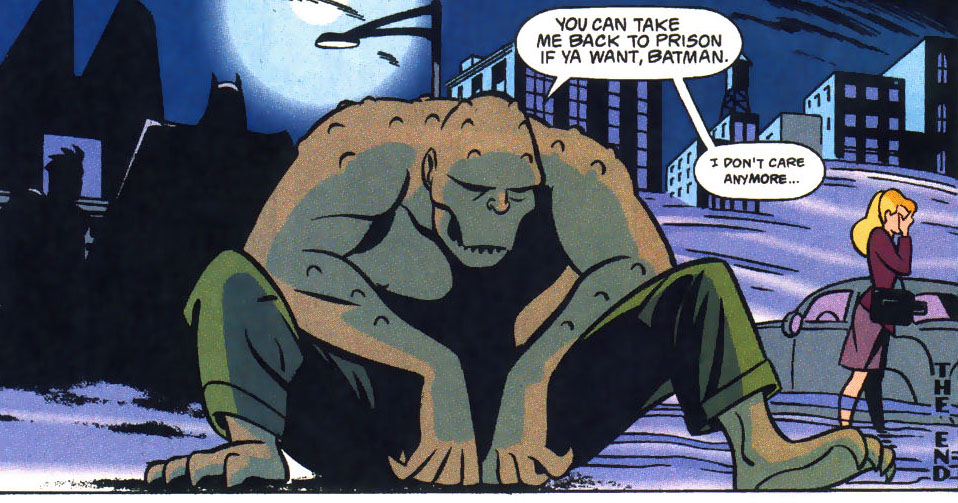
Killer Croc’s history is a timeline of tragic circumstances. Born with a condition that gave him scaly reptile-like skin, Killer Croc had the odds stacked against him from the start. He was raised by his alcoholic aunt, a woman with a severe drinking problem and outspoken dislike for his appearance. In some versions of his history, she even went as far as to force him to painfully shave off his scales. Forced into isolation by ridicule and cruel treatment, the boy once known as Wylan Jones developed a world view equally as cold as his upbringing. He eventually lashed out against his aunt, murdering her before taking his vengeance to the streets of Gotham. Though Killer Croc’s actions are reprehensible and damaging to those around him, he is driven by a sense of injustice and unchecked rage. His expectation that the world we treat him as savagely as his aunt is what drives him to become a public threat.
Inability to cope with a specific traumatic event (Two-Face, The Ventriloquist)
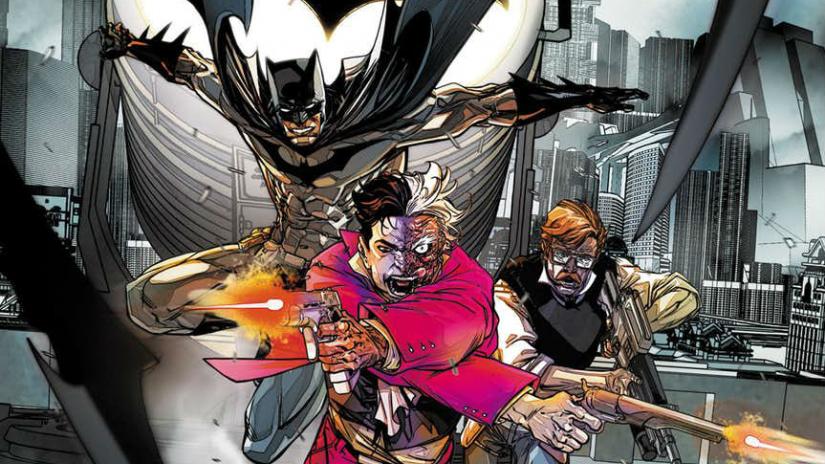
Harvey Dent is a staple in Batman mythology. In most incarnations, he starts out as a dedicated public official hell-bent on fixing crime in Gotham. In Christopher Nolan’s The Dark Knight trilogy, Dent’s respect for law and order is striking, initially making him a role model to the young people of the city. When the Joker uses choice to make the murder of his fiance more tragic, Dent loses his sanity and becomes horribly disfigured in the process. In this version, he transforms from one of Gotham’s sturdiest voices of justice to an unpredictable vessel of chaos. He chooses his morality at the flip of a coin, making him all the more threatening to Batman and the people of Gotham. Once again, we see a villain whose fractured view of the world is dictated by psychological distress. The straight line he walked is shattered, making his inability to cope a hazard to innocent bystanders. Dent, also known as Two-Face, is a clear example of evil behavior stemming from a specific point in his personal timeline. Dent is unable to reconcile the half of him torn by his loss with the half of him dedicated to the law.

The Ventriloquist is another Batman villain guilty of thrusting himself into a life of crime after snapping. In some tellings, the Ventriloquist harbors terrible anger toward the world after witnessing the murder of his mother. He is so repulsed by his own dark urges that he projects them onto a wooden puppet. As he carries out robberies and murders, the puppet is both his accomplice and alibi. He appears convinced that it is truly the puppet driving him toward his deeds and fails to look inward or trace back his bursts of evil.
A core theme of Alan Moore’s Killing Joke story, both Two-Face and the Ventriloquist play into the Joker’s “one bad day” theory; the assumption that a single bad day can push even the best among us to become a monster. The Joker has his own ideas about what creates evil and what pushes normal people to commit unspeakable deeds, and certainly, his time in Arkham Asylum has given him plenty of time to contemplate what makes his fellow inmates tick. Some of the resulting stories are disturbing, but each offers a brief glimpse into the ways criminal minds can vary. They are driven by different emotions and work toward different goals, and while sometimes sympathetic, they cross lines that heroes like Batman refuse to. This lack of restraint seems to be the defining line between Batman and his rogues’ gallery. Where his psychological stressors keep him on the straight and narrow, the villains he faces fail to consider the full scope of their actions and the consequences they incur.